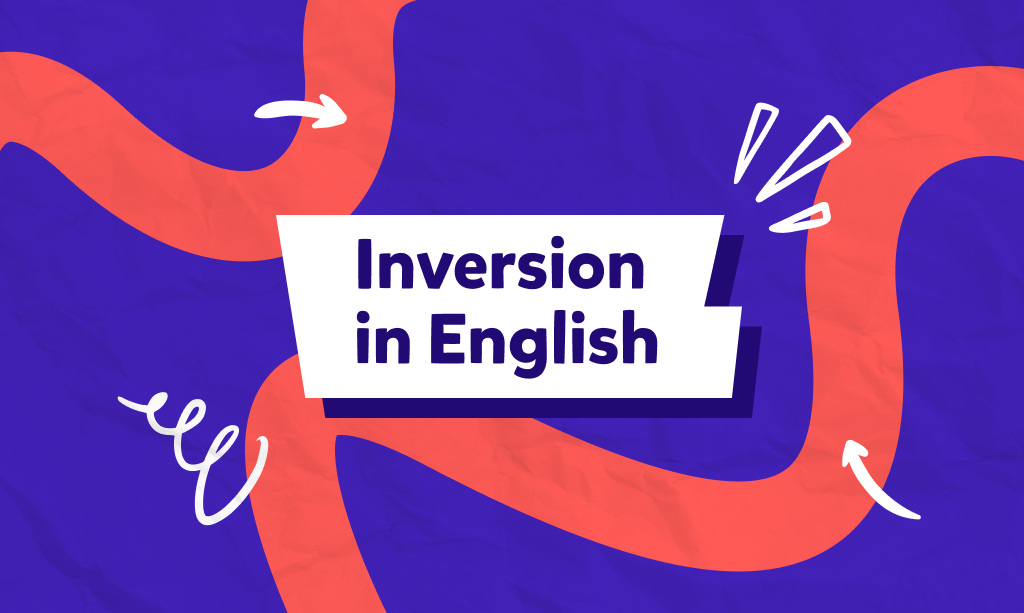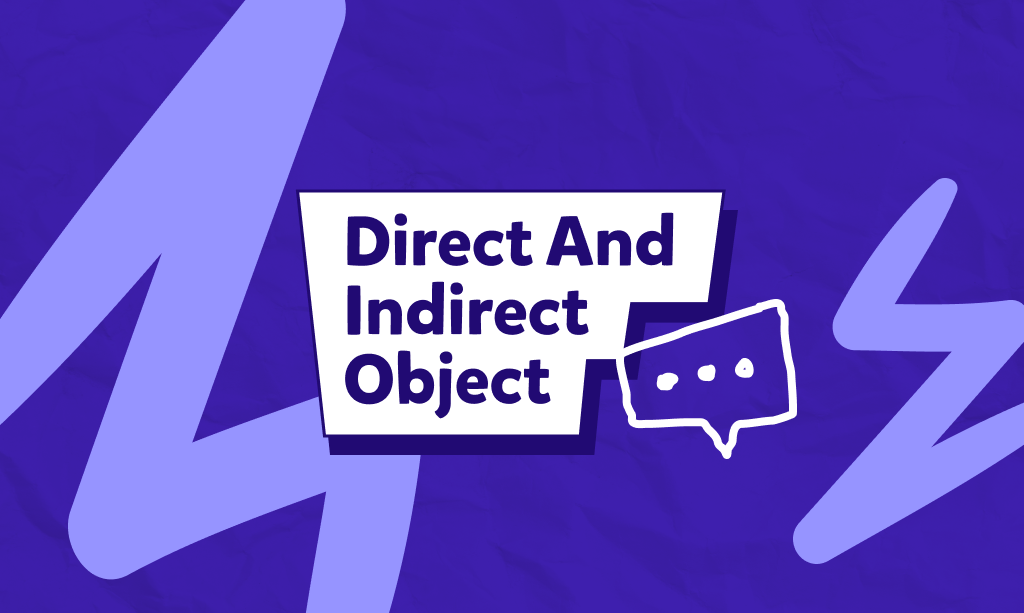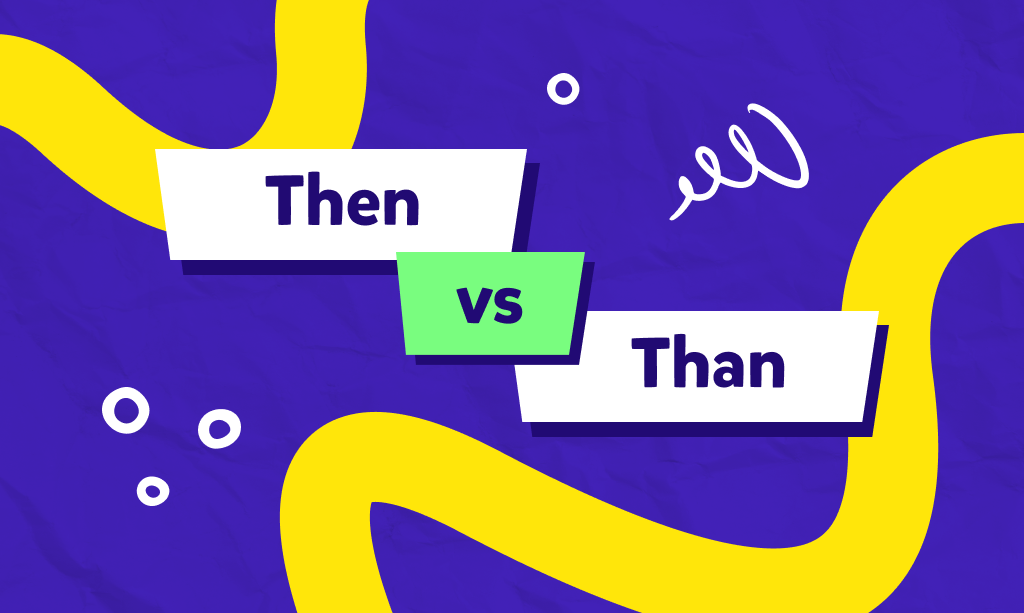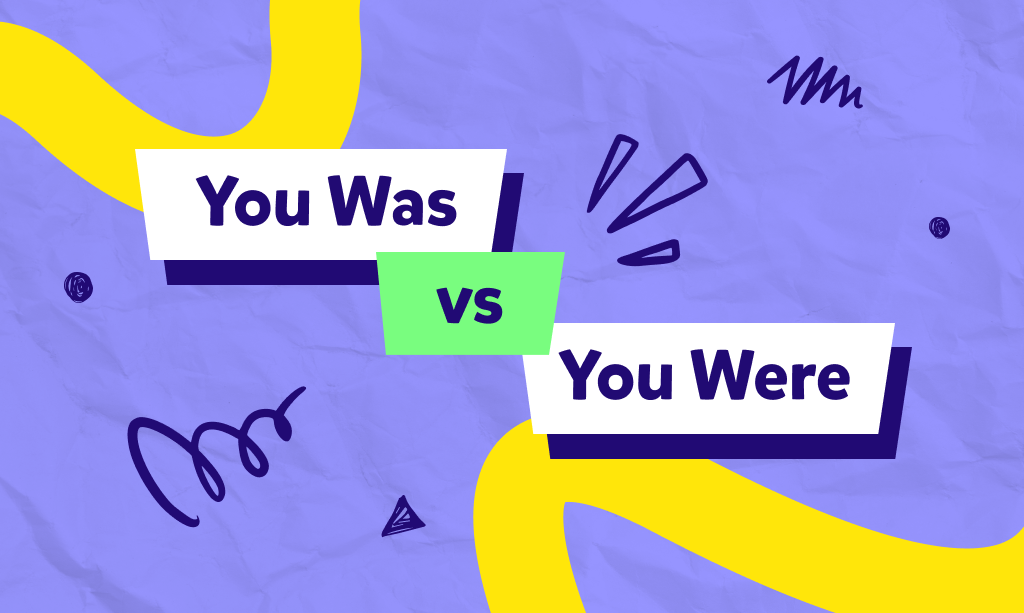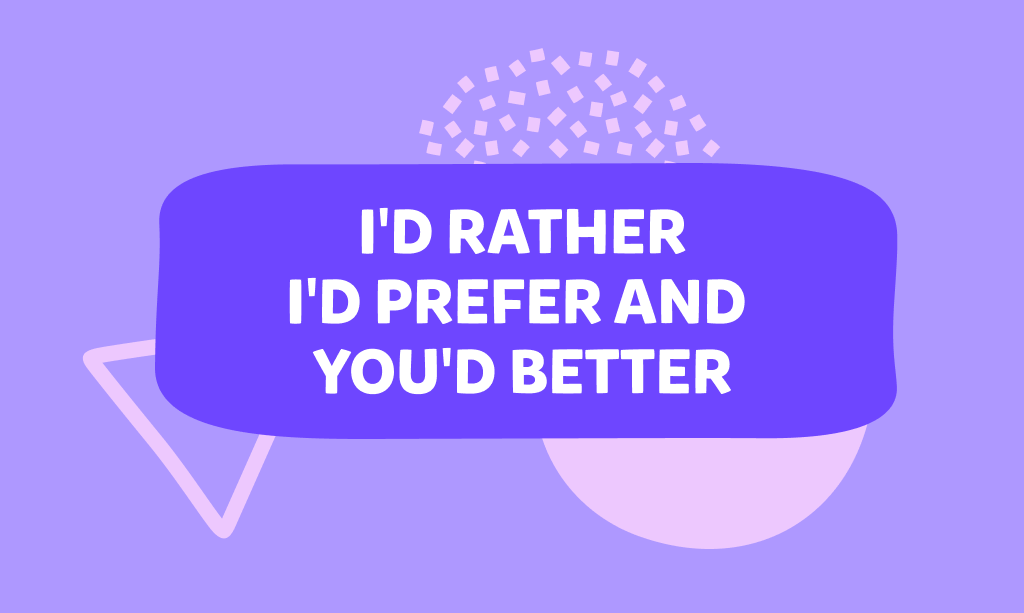- הגדרות וסוגי היפוך
- דוגמאות
- טעויות נפוצות
- טבלאות סיכום
- שאלות ותשובות להבנת הנושא
- לסיכום
- Test: Inversion in English
היפוך טקסט הוא בנייה דקדוקית באנגלית שבה הסדר הרגיל של המילים הפוך, בדרך כלל מסיבות סגנוניות או כדי ליצור שאלות. תהליך ההיפוך כרוך לרוב בהצבת הפועל העזר או הפועל המודאלי לפני הנושא.
במאמר זה נתעמק בסוגים השונים של היפוך טקסטים, נלמד את הגדרותיהם בצירוף דוגמאות רבות, נדון בטעויות הנפוצות ונציג גם כמה טבלאות סיכום לעיון קל.
הגדרות וסוגי היפוך
1. היפוך לצורך שאלות:
בעת ניסוח טקסטים כשאלות, ההיפוך כרוך בהצבת פועל העזר או הפועל המודאלי לפני הנושא.
לדוגמה: Are you coming to the party
הסדר הרגיל: .you are coming to the party
2. היפוך נושא – פועל:
היפוך שבו הפועל בא לפני הנושא, משמש לעתים קרובות מסיבות של הדגשה או סגנוניות.
לדוגמה: .Never have I seen such a beautiful sunset
הסדר הרגיל: .I have never seen such a beautiful sunset
3. היפוך אחרי מילים שליליות:
היפוך בשימוש אחרי מילים שליליות כגון "never," "rarely," "seldom," and "hardly."
לדוגמה: .Seldom have I been so surprised
הסדר הרגיל: .I have seldom been so surprised
4. היפוך מותנה:
היפוך בשימוש במשפטים מותנים, לרוב בסגנון פורמלי או ספרותי.
לדוגמה: .Had I known, I would have acted differently
הסדר הרגיל: .If I had known, I would have acted differently
5. היפוך במשפטי קריאה:
היפוך המשמש ליצירת הדגשה במשפטי קריאה.
לדוגמה: .So beautiful was the view that we couldn't stop staring
הסדר הרגיל: .The view was so beautiful that we couldn't stop staring
דוגמאות
1. היפוך לצורך שאלות:
?a. Example: Will you be attending the meetin
?b. Example: Has she finished her homework
2. היפוך נושא – פועל:
a. Example: Up went the balloon into the sky
b. Example: Here comes the bus
3. היפוך אחרי מילים שליליות:
a. Example: Hardly had I arrived when the phone rang
b. Example: Never before have we seen such dedication
4. היפוך מותנה:
a. Example: Were he to find out, there would be trouble
b. Example: Should you need any assistance, please call
5. היפוך במשפטי קריאה:
a. Example: Such is the power of the sea that it can shape coastlines
b. Example: So difficult was the exam that many students failed
טעויות נפוצות
1. מיקום שגוי של פעלי עזר:
- ?Mistake: Is coming he to the party
- ?Correction: Is he coming to the party
ההיפוך הנכון מציב את הפועל העזר "is" לפני הנושא "he".
2. שימוש שגוי בתארים שליליים:
- Mistake: Seldom I have seen such beauty
- Correction: Seldom have I seen such beauty
אחרי "seldom", ההיפוך הנכון מציב את פועל העזר "have" לפני הנושא "I".
3. היפוך מותנה שגוי:
- Mistake: Had known I, I would have helped
- Correction: Had I known, I would have helped
היפוך הנכון מציב את "had" לפני הנושא "I".
4. היפוך ללא הקשר:
- Mistake: Am I late, the meeting has started
- ?Correction: Am I late? Has the meeting started
שאלות צריכות להשתמש בהיפוך, אך ההצהרות הבאות צריכות להיות מחוברות כהלכה.
5. שימוש יתר בהיפוך בכתיבה בלתי פורמלית:
- Mistake: So beautiful is the park, we go every day
- Correction: The park is so beautiful; we go every day
יש להשתמש בהיפוכים לשם הדגשה במשורה וללא הגזמה בכתיבה בלתי פורמלית.
טבלאות סיכום
Table 1: Inversion in Questions
|
Sentence Type |
Normal Order |
Inverted Order |
|---|---|---|
| Yes/No Question | You are coming to the party | ?Are you coming to the party |
| WH-Question | She has finished her homework | ?Has she finished her homework |
Table 2: Inversion after Negative Adverbs
| Adverb | Normal Order |
Inverted Order |
|---|---|---|
| Seldom | I have seldom been so surprised | Seldom have I been so surprised |
| Hardly | I had hardly arrived | Hardly had I arrived |
| Never | We have never seen such dedication | Never have we seen such dedication |
Table 3: Conditional Inversion
|
Condition Type |
Normal Order |
Inverted Order |
|---|---|---|
| Past Conditional | If I had known, I would have acted differently | Had I known, I would have acted differently |
| Present Conditional | If he were to find out, there would be trouble | Were he to find out, there would be trouble |
| Future Conditional | If you should need assistance, please call | Should you need assistance, please call |
שאלות ותשובות להבנת הנושא
1. מהו היפוך באנגלית, ומדוע משתמשים בו?
תשובה:
היפוך באנגלית הוא בנייה דקדוקית שבה סדר המילים הרגיל של נושא ופועל הפוך. זה כרוך בדרך כלל בהצבת הפועל העזר או הפועל המודאלי לפני הנושא.
היפוך משמש לכמה סיבות:
- כדי ליצור שאלות, פועל העזר או המודאלי בא לפני הנושא.
- היפוך יכול להוסיף דגש לחלקים מסוימים במשפט, הנראים לרוב בהקשרים פורמליים או ספרותיים.
- אחרי ביטויים שליליים מסוימים נעשה שימוש בהיפוך כדי לשמור על טון רשמי.
- במשפטים מותנים פורמליים או ספרותיים, ההיפוך יכול להחליף את סעיפי "if".
- ניתן להשתמש בהיפוך גם כדי ליצור דגש במשפטי קריאה.
על ידי היפוך סדר המילים הרגיל, ההיפוך יכול ליצור שאלות, להדגיש נקודות מסוימות ולהוסיף גיוון ותחכום למשפטים באנגלית.
2. כיצד משתמשים בהיפוך ביצירת שאלות?
תשובה:
ההיפוך הוא חלק בסיסי ביצירת שאלות באנגלית. בעת יצירת שאלות, פועל העזר או המודאלי ממוקם לפני הנושא. הנה כמה דוגמאות והסברים:
1. Yes/No-Questions: לשאלות פשוטות של כן/לא, פועל העזר או הפועל המודאלי קודמים לנושא.
- ?Example: Are you coming to the party
Normal order: You are coming to the party
?Inverted order: Are you coming to the party
- ?Example: Can she swim
Normal order: She can swim
?Inverted order: Can she swim
2. WH-Questions: כאשר יוצרים שאלות WH (שאלות שמתחילות ב- who, what, when, where, why, how) אחרי מילת ה- WH מופיע הפועל העזר או המודאלי, ואז הנושא.
- ?Example: What are you doing
Normal order: You are doing what
?Inverted order: What are you doing
- ?Example: Why did they leave early
Normal order: They did leave early why
?Inverted order: Why did they leave early
על ידי הצבת הפועל העזר או הפועל המודאלי לפני הנושא, ההיפוך עוזר בבניית שאלות yes/no ו-WH, מה שהופך את מבנה המשפט לברור ונכון לתשאול.
3. כיצד מתפקד ההיפוך לאחר מילים שליליות?
תשובה:
היפוך מתרחש לעתים קרובות לאחר תיאור שלילי כדי לשמור על טון רשמי ולהדגיש את השליליות או הנדירות של הפעולה. מילים שליליות נפוצות המעוררות היפוך כוללות "never," "rarely," "seldom," "hardly," "scarcely," and "little.".
הנה כמה דוגמאות:
- Never:
Example: Never have I seen such a beautiful sight
Normal order: I have never seen such a beautiful sight
Inverted order: Never have I seen such a beautiful sight
- Seldom:
Example: Seldom does he go to bed early
Normal order: He seldom goes to bed early
Inverted order: Seldom does he go to bed early
- Hardly:
Example: Hardly had she left when it started raining
Normal order: She had hardly left when it started raining
Inverted order: Hardly had she left when it started raining
על ידי הצבת התואר השלילי בתחילת המשפט, ההיפוך מדגיש את ההיבט השלילי ומוסיף גוון צורני או מודגש לאמירה.
4.מהו היפוך מותנה וכיצד משתמשים בו?
תשובה:
היפוך מותנה משמש במשפטים מותנים כדי להחליף פסקאות "if" במבנה הפוך. צורה זו נמצאת לעתים קרובות בהקשרים פורמליים או ספרותיים ויכולה להפוך משפטים לאלגנטיים ותמציתיים יותר.
הנה כמה דוגמאות:
- Past Conditional:
Example: Had I known about the meeting, I would have attended
Normal order: If I had known about the meeting, I would have attended
Inverted order: Had I known about the meeting, I would have attended
- Present/Future Conditional:
Example: Should you need any assistance, please call
Normal order: If you should need any assistance, please call
Inverted order: Should you need any assistance, please call
- Subjunctive Conditional:
Example: Were he to find out, there would be trouble
Normal order: If he were to find out, there would be trouble
Inverted order: Were he to find out, there would be trouble
ההיפוך המותנה מספק חלופה לסעיפי "if", ומציע דרך נוספת ליצור משפטי תנאי רשמיים ומגוונים יותר מבחינה סגנונית.
לסיכום
היפוך טקסט הוא מבנה דקדוקי רב תכליתי ושימושי באנגלית. ניתן להשתמש בו כדי ליצור שאלות, ליצור דגש ולהוסיף מגוון סגנוני למשפטים. עם זאת, חשוב להשתמש בהיפוך בצורה נכונה ובהקשרים המתאימים כדי למנוע את הטעויות הנפוצות.
על ידי הבנת סוגי ההיפוך השונים והשימושים הספציפיים שלהם, נוכל לשפר את שליטתנו בשפה האנגלית ולתקשר בצורה יעילה יותר. טבלאות הסיכום המסופקות כאן משמשות כהפניות מהירות לצורך חיזוק השימוש הנכון ב- Inversion in English בהקשרים השונים.
אם אתם רוצים ללמד את ילדיכם עוד על הניואנסים של השימוש בהיפוך טקסט – Inversion in English ונושאי דקדוק נוספים באנגלית מדוברת וכתובה, היכנסו ל: בית ספר ללימוד אנגלית לילדים של נובה קיד והירשמו לאחד הקורסים ללימוד אנגלית אונליין לילדים.
צפו בתכניות ושיטות לימוד אנגלית לילדים וצרו קשר עם אחד מאנשי הצוות שלנו עוד היום!






























